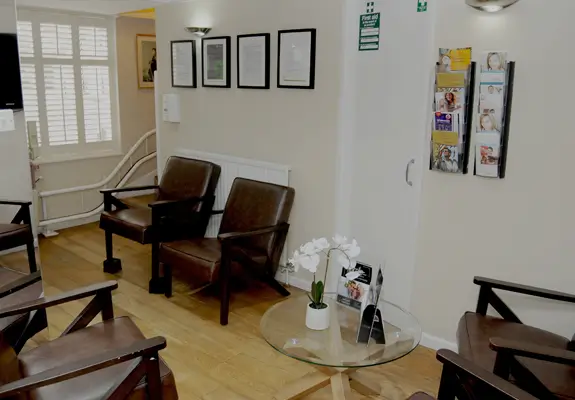
Have you worn dentures in your upper jaw for years? Did you know that there's an alternative, more comfortable option?
If you've worn dentures for an extended period of time in your upper jaw, the bone will have receded, rendering it difficult to undergo implant treatment and giving your face a sunken appearance.

J.H
 £
Havant
023 9278 1008
Havant Implant Centre
£
Havant
023 9278 1008
Havant Implant Centre
“Amir has transformed my look with very high professional standards, he assured me throughout my treatment making me as comfortable and confident. Amir works in a very highly cleansed surgery and his staff are very efficient. I would highly recommend Amir for any dental procedure or treatment in the future. He’s changed my look for life and I now feel confident enough to smile. 10/10 Highly recommended he’s hands down one of the best dentists in the UK”
A sinus lift is a safe and clinically proven procedure and when completed with expertise and care it will provide the best, most stable base for life changing implant surgery. As with any surgical procedure, at our practice we ensure that you understand all aftercare instructions and we will check back with you regularly to ensure that the healing is going smoothly.
A sinus lift, also known as a sinus augmentation, is a surgical procedure performed to increase bone in the upper jaw to enable the successful placement of dental implants in the back of the mouth.
A sinus lift may be necessary if you have insufficient bone in your upper jaw to support the placement of dental implants. It is a common procedure when planning for implant surgery in the molar and premolar regions.
During a sinus lift, the sinus membrane is gently lifted, and bone graft material is placed in the space between the jaw and the sinus. This creates a solid foundation for dental implants. The procedure is typically performed by an experienced oral surgeon.
The procedure itself is performed under anaesthesia, so you should not experience any pain during the surgery. Afterwards, you may experience some swelling, discomfort, and mild bruising, but these symptoms can usually be managed with medication prescribed by your oral surgeon.
Recovery time can vary from patient to patient, but generally, it takes about 2-3 months for the bone graft to integrate and heal before dental implant placement can begin. Your oral surgeon will provide you with specific post-operative instructions to promote a smooth healing process.
Like any surgical procedure, there are risks involved. However, sinus lifts are generally considered safe when performed by a skilled professional. Potential risks may include infection, bleeding, sinusitis, or damage to the sinus membrane. It is important to have the procedure performed by an experienced oral surgeon to minimise risks.
Dental implants have a high success rate and can last a lifetime with proper care. However, individual results may vary, and factors such as oral hygiene, lifestyle habits, and overall health can influence the longevity of dental implants.
In some cases, a sinus lift can be performed simultaneously with dental implant placement. This approach, called immediate implant placement with simultaneous sinus lift, may be recommended if the bone volume is sufficient enough for stability. However, each patient's case is unique, and your oral surgeon will determine the best treatment plan for your specific situation.
In cases where a sinus lift is not suitable or desired, alternatives such as zygomatic implants or mini dental implants may be considered. These options can provide solutions for patients with limited bone volume in the upper jaw. Your oral surgeon will evaluate your specific situation and discuss the best treatment options with you.
If you have further questions or concerns about sinus lifts, it is best to consult with a qualified oral surgeon who can evaluate your individual needs and provide personalised recommendations.
Havant Implant Centre
1 Prince George Street, Havant PO9 1BG
Monday to Friday 8.00 am to 5.00 pm
Closed for lunch 1.00 am to 1.30 pm
Saturday by appointment only